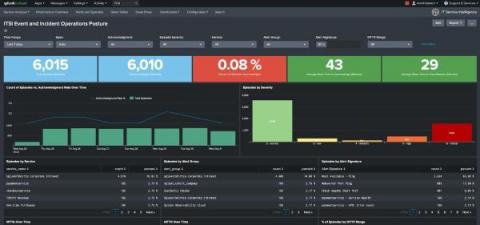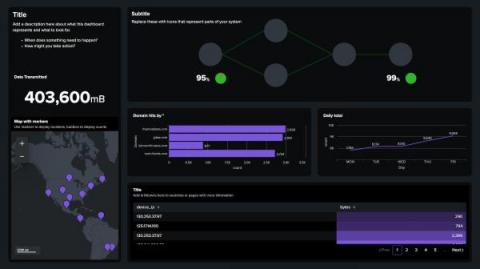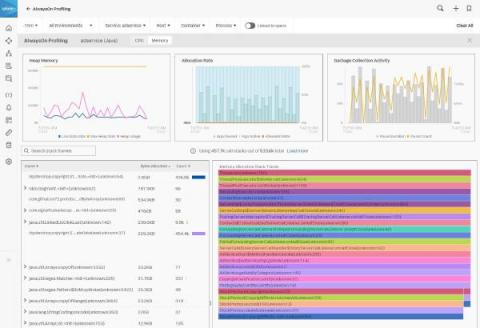New Features in the Content Pack for Monitoring and Alerting
The 1.7 release of the Splunk App for Content Packs comes with a slew of new awesomeness for the Content Pack for ITSI Monitoring and Alerting designed to bolster your IT operations team’s visibility and AIOps posture! Previous versions of the content pack focused on making it easy for you to create and group Notable Events from ITSI Services and third-party monitoring tools.











